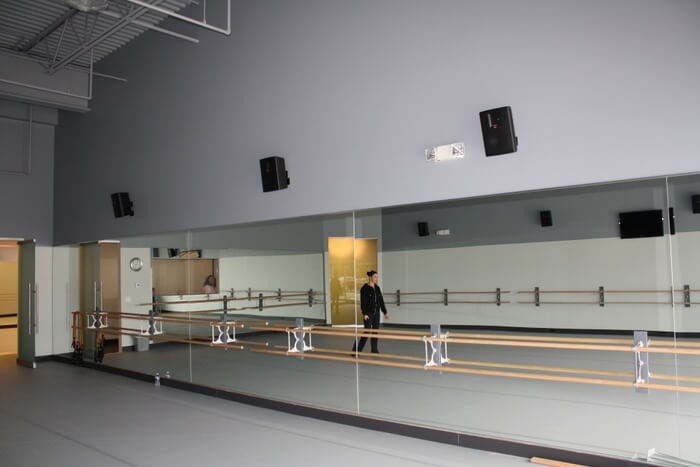Lighting conditions have a crucial role in how well we can perceive movement. Movement detection is a key aspect of different systems, such as security cameras, automated illumination systems, and also certain video games. Comprehending how various illumination conditions influence our capacity to perceive movement can assist improve the design and effectiveness of these systems. For instance, inadequate illumination might lead to missed movements or incorrect alarms, while ideal illumination can boost the accuracy of movement detection systems.
In well-lit illumination environments, movement detection is generally more reliable. As there is sufficient light, sensors and cameras can obtain sharper images, which assists in recognizing dynamic objects. Well-lit environments allow for better distinction between the dynamic element and the background. This differentiation is essential for both visual viewers and automated systems, as it facilitates it simpler to differentiate between static and dynamic objects in a scene. Therefore, making sure that spaces are well-lit can greatly improve the effectiveness of motion detection technologies.
Conversely, low-light environments can pose challenges for movement detection. In low-light environments, darkness can obscure moving objects, which makes them difficult to perceive. Additionally, the human eye faces challenges to perceive motion in low light, which can lead to misinterpretation of the situation in the surroundings. Cameras might also face difficulties, as many do not perform well in low light without the use of infrared capabilities or other enhancements. These restrictions highlight the significance of adequate lighting in environments where movement detection is essential.
Additionally, different types of illumination can have different effects on motion detection. For example, fluorescent lights can flash, which might confuse movement detection systems that rely a fantastic read on consistent illumination input. On the contrary, natural provides a consistent form of lighting that improves visibility. Comprehending these differences in lighting conditions can guide users in cctv camera motion detection in crowded places selecting the most appropriate lighting for specific uses, especially in security and surveillance scenarios.

In summary, the relationship between illumination environments and movement detection precision is significant. By making sure that environments are suitably lit, we can improve the dependability of movement detection systems. This understanding not only benefits tech applications but also improves security and safety in multiple settings. As more advancements are made in movement detection technology, taking into account illumination environments will continue to be a vital factor in optimizing performance and ensuring that these systems function properly in various environments.
Comments on “Illuminating the Influence of Illumination Conditions on Movement Identification Accuracy and Dependability”